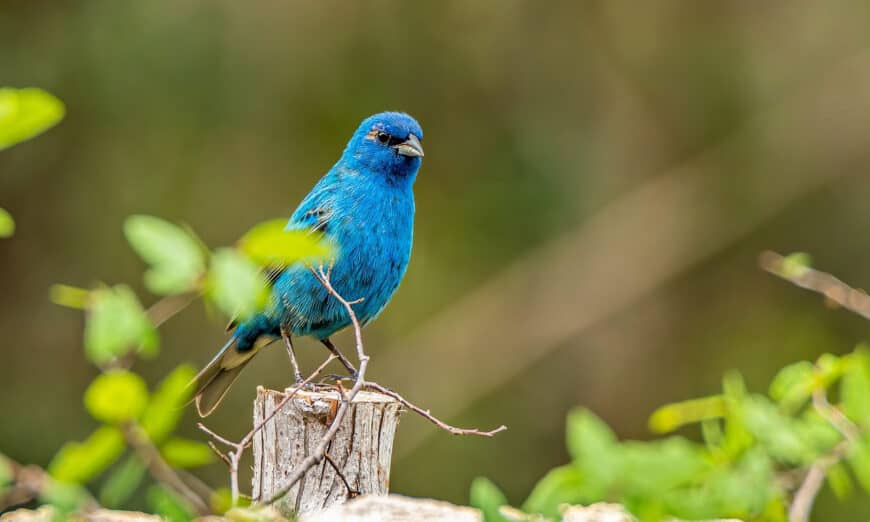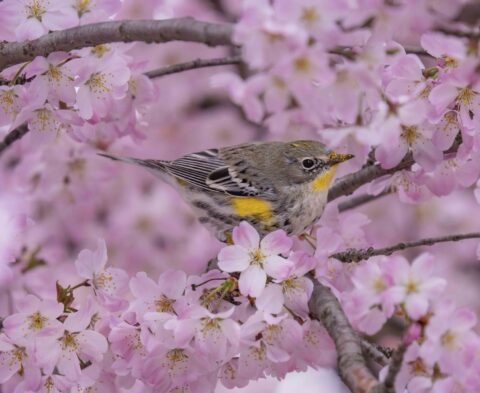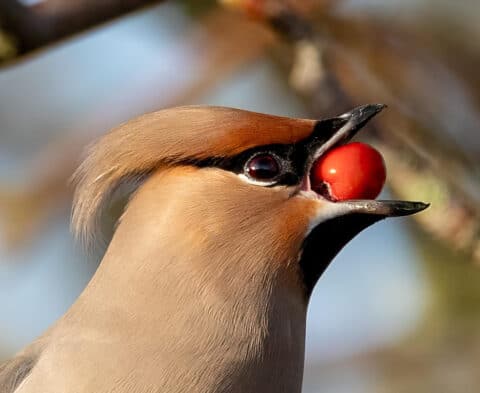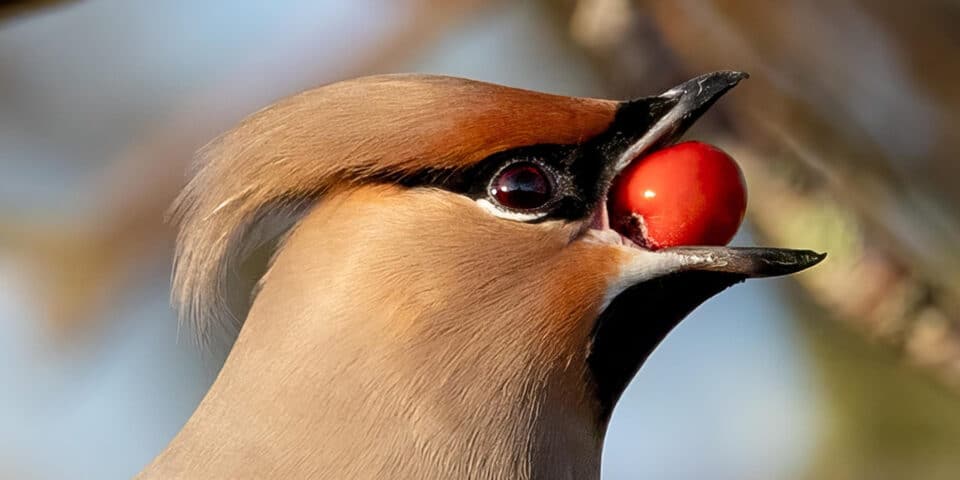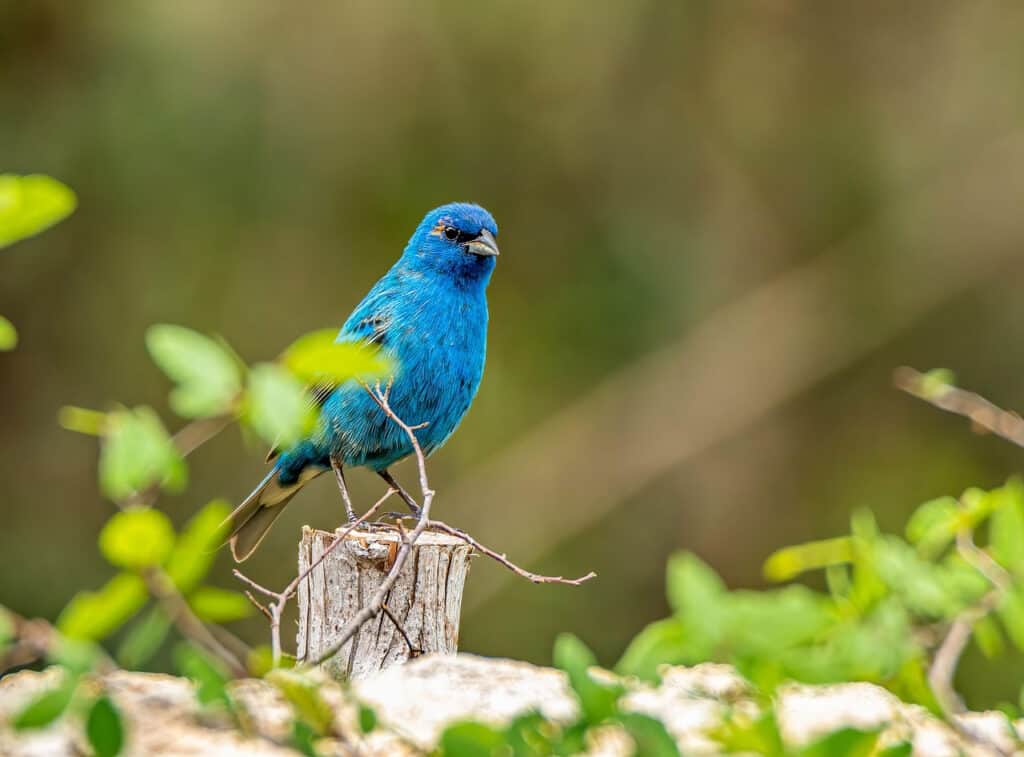
As the cold of winter fades into spring, Ontario becomes a prime destination for one of nature’s most spectacular shows—the annual spring bird migration. This is an incredible opportunity for photographers to capture rare and beautiful birds as they journey across the province. From graceful birds in flight to vibrant warblers resting in local parks, the 2025 spring migration offers countless photographic opportunities.
In this article, we will provide some great opportunities for bird photography, where to spot them, how to spot them and the best camera gear to get that one-of-a-kind shot!
Why Spring Migration is Special for Bird Photography
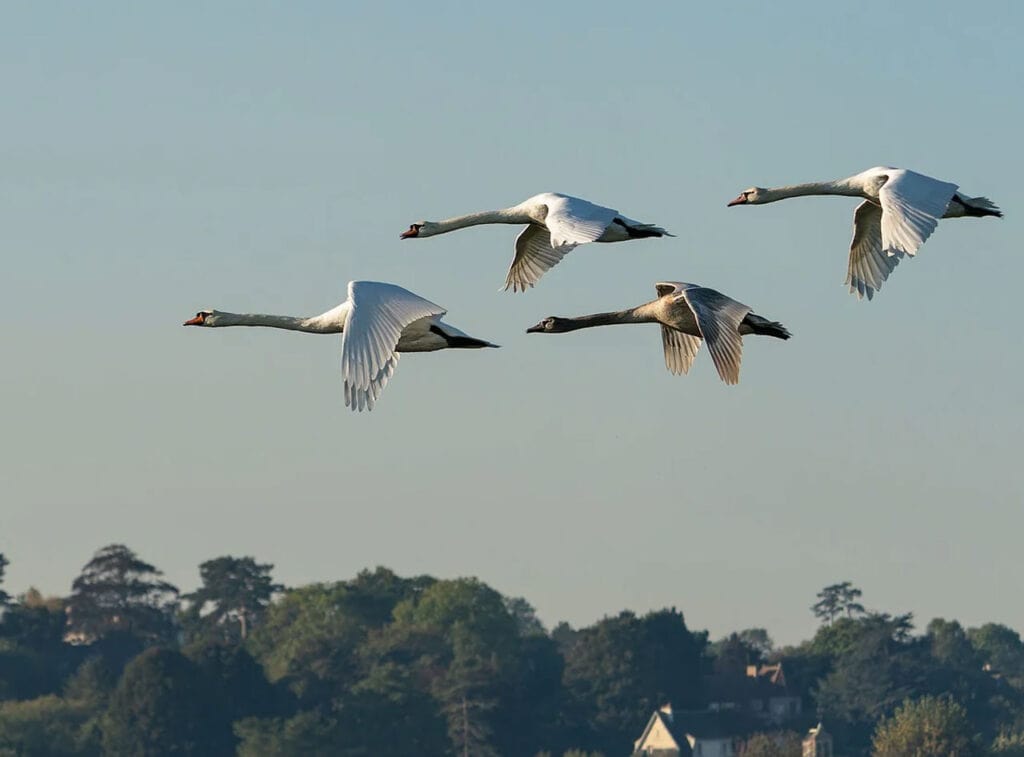
The spring bird migration brings a diverse range of species through Ontario, including rare and colourful birds that are only visible for a brief window of time. This migration typically starts in late March and continues into May, offering opportunities to capture birds in a variety of settings, from marshes and forests to open fields and urban parks.
Ontario is not only a key stopover during spring migration but also an exceptional location for observing birds during their breeding season. As temperatures rise and nesting begins, many species become more active and display their vibrant plumage and unique courtship behaviours.
This offers photographers a rare opportunity to capture intimate moments like nest building, territorial displays, and feeding behaviours. Species such as warblers, thrushes, and vireos can be found in their breeding habitats, providing an additional layer of photographic interest beyond migration.
Some of the most sought-after birds to photograph during the migration include:
- Scarlet Tanager – Known for their bright red feathers, they’re a favorite among photographers.
- Baltimore Oriole – Easily recognizable with their striking orange and black plumage.
- Indigo Bunting – A small bird with vibrant blue feathers that almost seem to glow.
- Warblers – Such as the Yellow Warbler, Black-and-White Warbler, and Magnolia Warbler.
- Great Egret – A large, elegant bird that makes for beautiful flight shots.
- Sandhill Crane – Often found in marshy areas, these birds are known for their graceful movements and striking presence.
Birds to Spot During Spring Migration and Breeding Season by Region
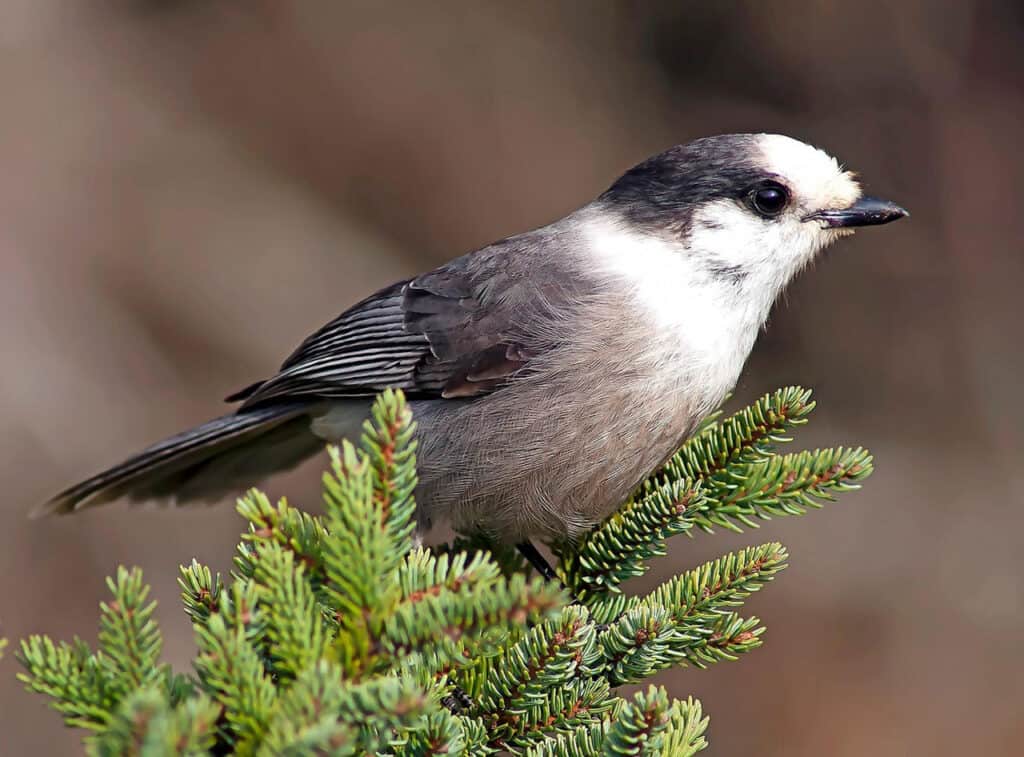
Ontario’s diverse habitats provide unique opportunities for bird photography during both migration and breeding season. Below are some of the notable birds you can spot in various regions across the province:
- Southern Ontario (Point Pelee National Park, Rondeau Provincial Park, Pelee Island):
- Scarlet Tanager – Bright red males often spotted in wooded areas.
- Baltimore Oriole – Seen in open woodlands and along edges of forests.
- Warblers (Yellow Warbler, Black-and-White Warbler, Magnolia Warbler) – Found in forested habitats and shrublands.
- Great Egret – Prefers marshy areas and wetlands.
- Sandhill Crane – Often seen in open fields or marshes.
- Central Ontario (Cootes Paradise, Algonquin Provincial Park, Presqu’ile Provincial Park):
- Snow Goose – Migrating flocks can be seen in open fields and lakes.
- Indigo Bunting – Prefers forest edges and open clearings.
- Rose-breasted Grosbeak – Spotted in wooded areas and mature forests.
- Whisky Jack (Canada Jay) – Found in boreal forests and wooded areas.
- Warblers – Wide variety including Chestnut-sided Warbler and American Redstart.
- Northern Ontario (Rainy River District, Lake Superior Provincial Park, Sudbury area):
- Boreal Chickadee – Seen in coniferous forests.
- Black-backed Woodpecker – Spotted in boreal habitats.
- Whisky Jack (Canada Jay) – Commonly found year-round in northern forests.
- Common Loon – Frequently seen in lakes and larger bodies of water.
- Evening Grosbeak – Found in mature forests and clearings.
- Eastern Ontario (Prince Edward County, Ottawa area, Gatineau Park):
- Snow Goose – Migrating flocks are often observed around wetlands and open fields.
- Pine Warbler – Spotted in pine-dominated forests.
- Eastern Bluebird – Seen in open fields and near nesting boxes.
- Tree Swallow – Common near lakes, ponds, and open grasslands.
Ontario offers countless photographic opportunities, whether you’re capturing vibrant songbirds during migration or nesting behaviours during breeding season.
Stay Up-To-Date on Bird Sightings and Flight Paths
- Track real-time migration activity using the Live Bird Migration Map from BirdCast.
- Use the Merlin Bird ID app by the Cornell Lab of Ornithology to help identify birds by their appearance, sounds, and location.
- Follow local birding groups on platforms like Facebook to stay informed about the latest sightings.
- Use eBird to track bird movements and hotspots near you.
Pro Tips for Capturing Stunning Bird Photography
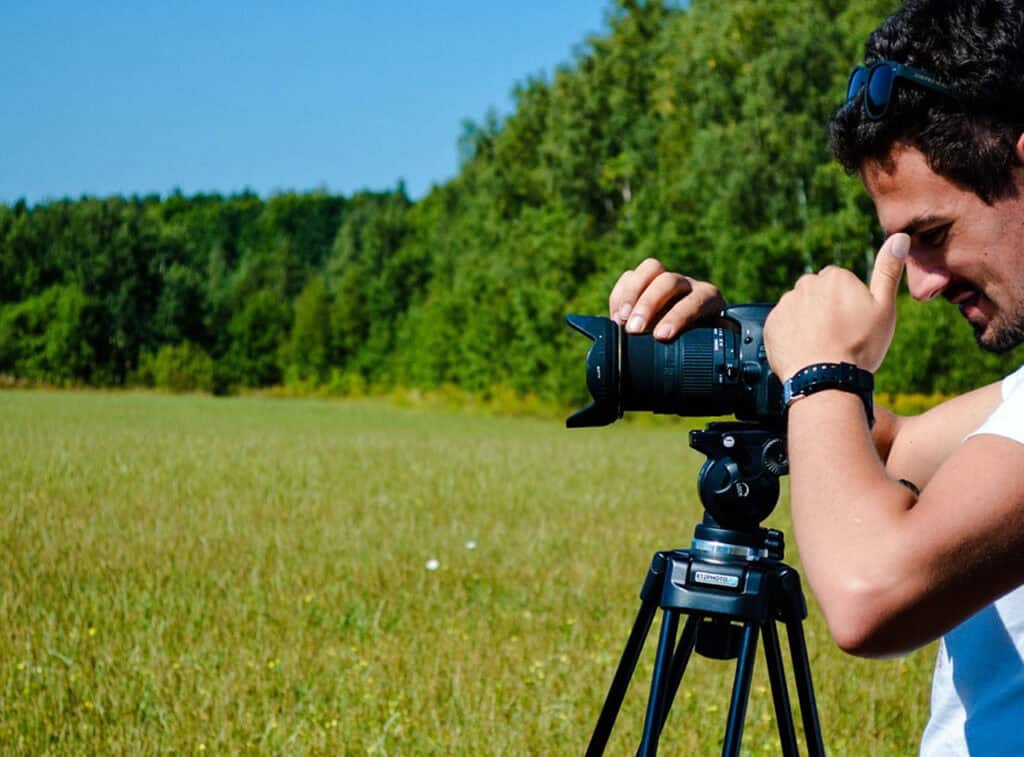
1. Master Your Focus
- Use Continuous Autofocus (AF-C) mode for birds in flight.
- Set your camera to back-button focus to quickly lock focus and recompose.
- Utilize Eye Autofocus if your camera supports it, especially for close-up shots.
2. Optimize Your Camera Settings
- Shoot in Shutter Priority (S mode) to control motion blur.
- Set a fast shutter speed (1/1000s or faster) for birds in flight.
- Use Aperture Priority (A mode) for static shots to create beautiful background blur.
- Shoot in RAW for the best post-processing flexibility.
3. Timing and Composition
- Golden hours (sunrise and sunset) offer the best light.
- Capture birds with their wings fully extended for dynamic flight shots.
- Use the rule of thirds for more engaging compositions.
4. Patience and Observation
- Spend time observing bird behavior before you start shooting.
- Remain quiet and move slowly to avoid disturbing the birds.
- Blend into your surroundings using neutral clothing or camouflage.
Why Mirrorless Cameras Are Ideal for Bird Photography
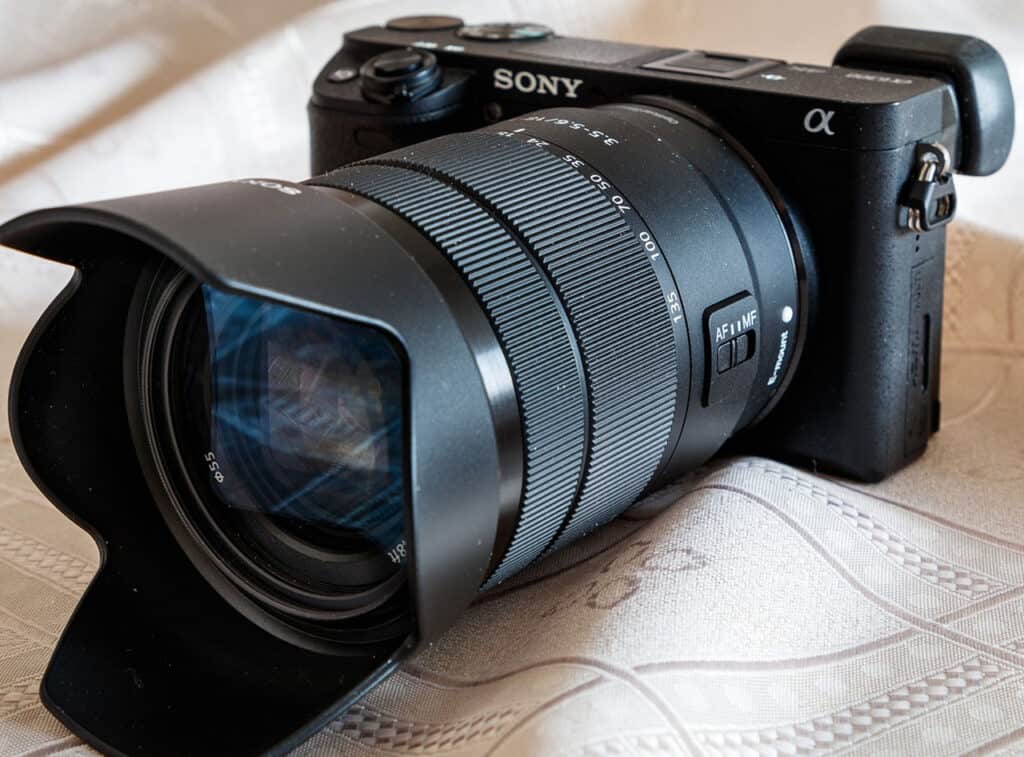
Mirrorless cameras offer several advantages that make them the best choice for bird photography:
- Faster Autofocus – Mirrorless systems excel at tracking fast-moving subjects, especially birds in flight.
- Real Time Tracking & Eye Auto Focus – let your camera do the work! New mirrorless cameras have incredible abilities to lock in on birds eyes (even in motion), getting that perfect shot every time!
- Silent Shooting – Many mirrorless cameras offer silent shutter modes, perfect for capturing shy or easily spooked birds.
- High-Speed Continuous Shooting – Mirrorless cameras often feature higher burst rates (e.g., 20 fps or more), making it easier to capture the perfect moment (and every moment before and after).
- Electronic Viewfinder (EVF) – Allows you to see real-time exposure changes, making it easier to nail the shot.
View our mirrorless cameras that are available both on our website and our retail locations.
Recommended Gear for Bird Photography
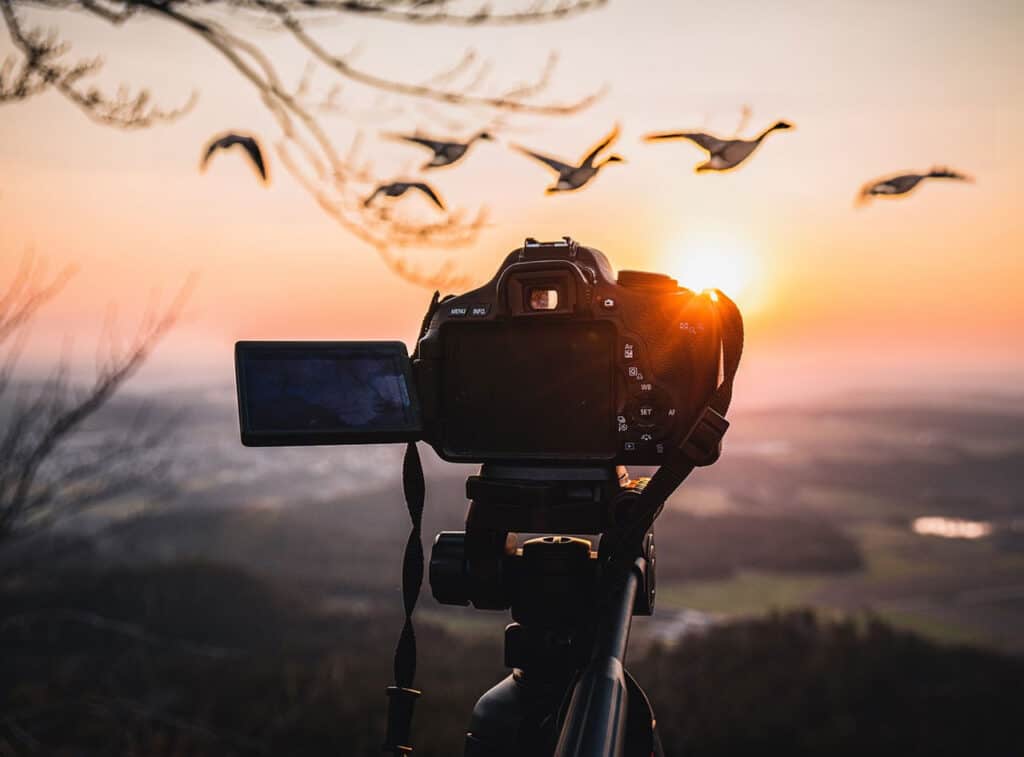
Entry-Level Mirrorless Camera
- Canon EOS R50 – A compact and user-friendly mirrorless camera with great autofocus and image quality, perfect for beginners.
Mid-Range Mirrorless Camera
- Nikon Z6 II – Offers excellent low-light performance, fast continuous shooting, and reliable autofocus, making it a great choice for enthusiasts.
Professional Mirrorless Camera
- Sony A7 – A top-tier camera with high-speed burst shooting, advanced autofocus tracking, and exceptional image quality for capturing birds in flight.
Lenses
- Telephoto Zoom:
Telephoto zoom lenses (e.g., 100-400mm) offer versatility by covering a range of focal lengths. This makes them ideal for situations where birds are at varying distances, allowing you to quickly adapt your framing without changing lenses. They are great for capturing birds in flight, perched birds, and wider environmental shots. Zoom lenses are generally lighter and more portable compared to primes, making them a more practical choice for on-the-go photography. - Telephoto Primes: 500mm f/4 or 600mm f/4 for maximum reach.
Telephoto primes (e.g., 500mm f/4, 600mm f/4) excel in image quality and produce exceptionally sharp images with beautiful background blur (bokeh). These lenses have a fixed focal length, which means they are designed for maximum optical performance. They are ideal for capturing fine details in distant subjects, such as birds perched high in trees or small birds across open fields. Although they are heavier and less versatile than zooms, super telephoto primes are the top choice for professional bird photographers seeking unparalleled image quality.
Accessories
- Tripod with Gimbal Head – Essential for stability when using heavy lenses.
- Teleconverters – Increase focal length without investing in a longer lens.
- Storage Bag / Camera Backpack – Protect your gear in unpredictable spring weather.
Embrace the Magic of Spring Migration
The 2025 spring bird migration in Ontario is an event you won’t want to miss. With careful planning, the right gear, and a little patience, you can capture stunning images of birds in flight, perched in natural beauty, or showcasing their vibrant plumage.
Don’t forget to share your bird photography with us by tagging at @henryscamera
Explore
